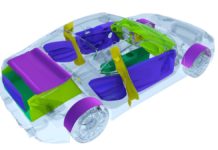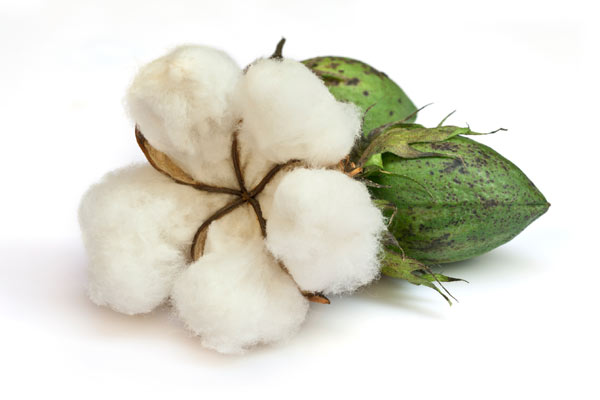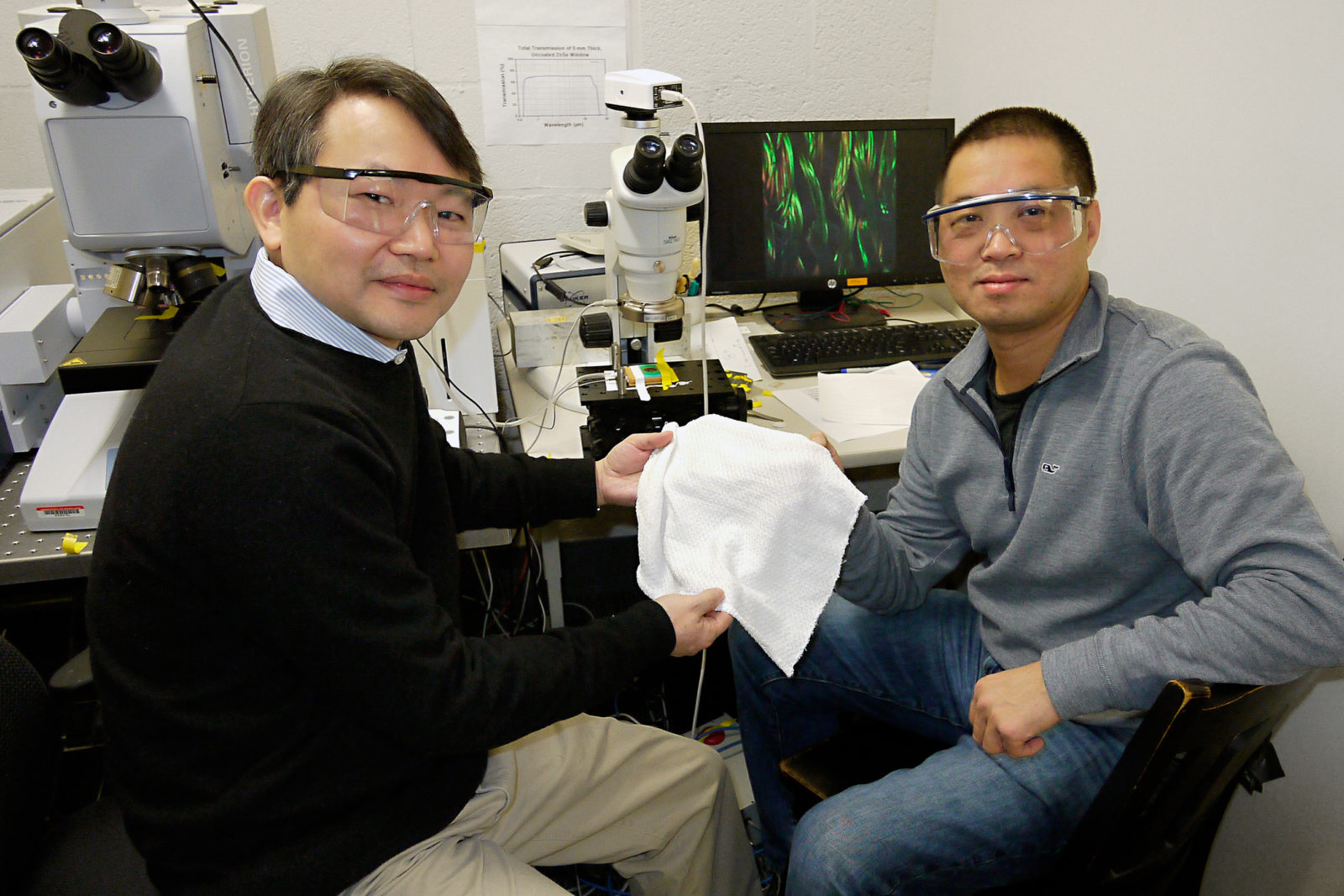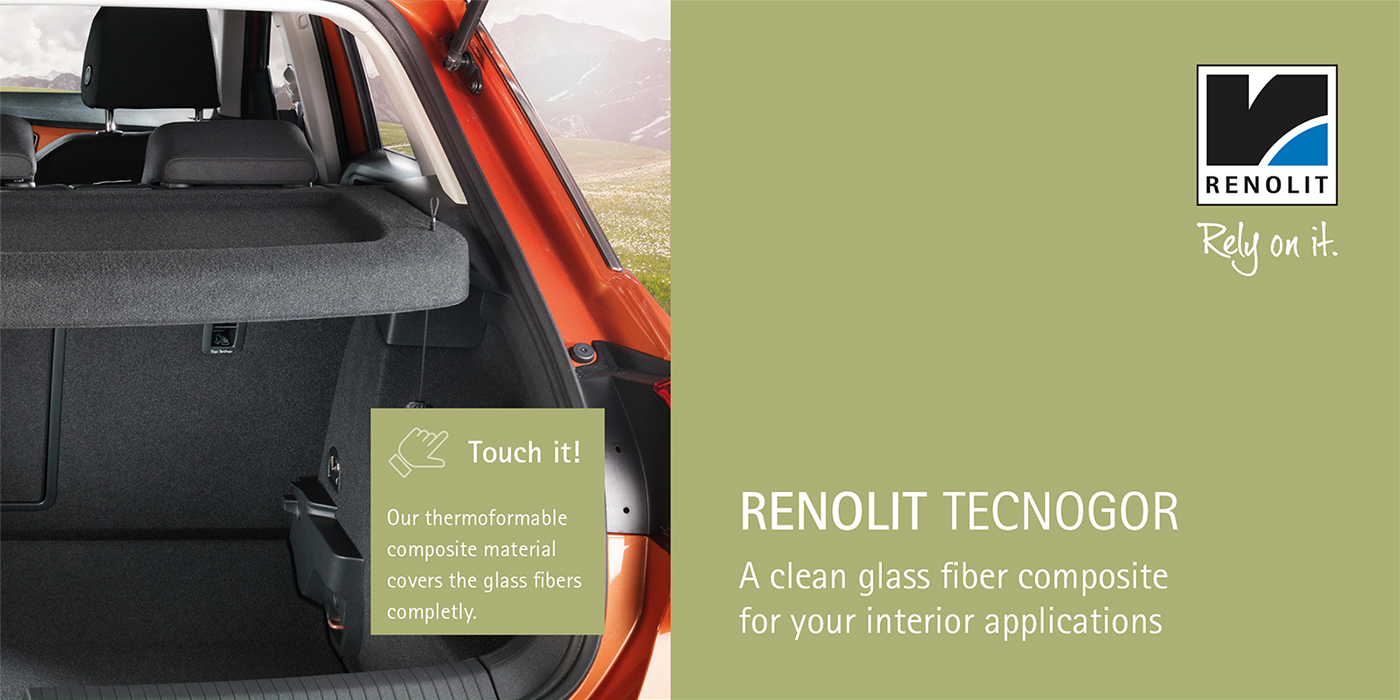Propex GeoSolutions is a global leader in manufacturing geosynthetic and erosion control solutions. The diverse portfolio of products helps build and rebuild key infrastructure across the globe, supporting the transportation infrastructure and erosion control markets. The manufacturing and distribution facility in Ringgold, Georgia boasts the largest global geosynthetic capacity under one roof with the capacity to produce 400 million square meters annually. Propex ships geosynthetic products to customers in 85 countries and has distributors located in 45 counties.
Engineered Earth Armoring Solutions
One system that incorporates PYRAMAT is ARMORMAX®, the most advanced flexible armoring technology available for severe erosion and surficial slope stability challenges. ARMORMAX combines PYRAMAT HPTRM and Engineered Earth Anchors to lock soil in place, protect against hydraulic stresses and provide up to 75 years of design life. This system is used in erosion control applications where additional factors of safety are required, including protecting earthen levees from storm surge and wave overtoppping, and stream, river and canal banks from scour and erosion. Most notably, ARMORMAX has been used by the U.S. Army Corps of Engineers (USACE) to repair and armor over 1 million square yards of earthen levees in Louisiana. In addition, this system is ideally suited to protect storm water channels in arid and semi-arid environments where vegetation densities of less than 30% coverage are anticipated. For slope stability applications, the system provides surficial slope stabilization to resist shallow plane failures.

Environmentally Friendly
There are a number of environmental benefits to using an engineered plastic instead of a hard armor alternative for erosion control and slope stabilization. Cradle to grave, the carbon footprint for 1m2 of PYRAMAT 75 is 2.7kg CO2. This is more than 30 times less than concrete alternative. or comparison, the carbon footprint of concrete is 200-300 kg CO2. Additionally, Propex’s erosion control solutions are engineered with patented X3® Fiber Technology to promote rapid root development, most installations are covered by vegetation after several months, providing a more natural look compared to the stale appearance of rock rip rap and concrete alternatives. HPTRMs also support a living shoreline by maintaining a cooler water temperature, which is healthier for aquatic life. Conversely, concrete alternatives can decrease streamside vegetation & adversely impact fish populations. This armoring system has been recognized by the Environmental Protection Agency (EPA) as a Best Management Practice (BMP) to improve water quality because it decreases sedimentation and pollutants and encourages infiltration of water back into the ground water table.





































 polski
polski English
English